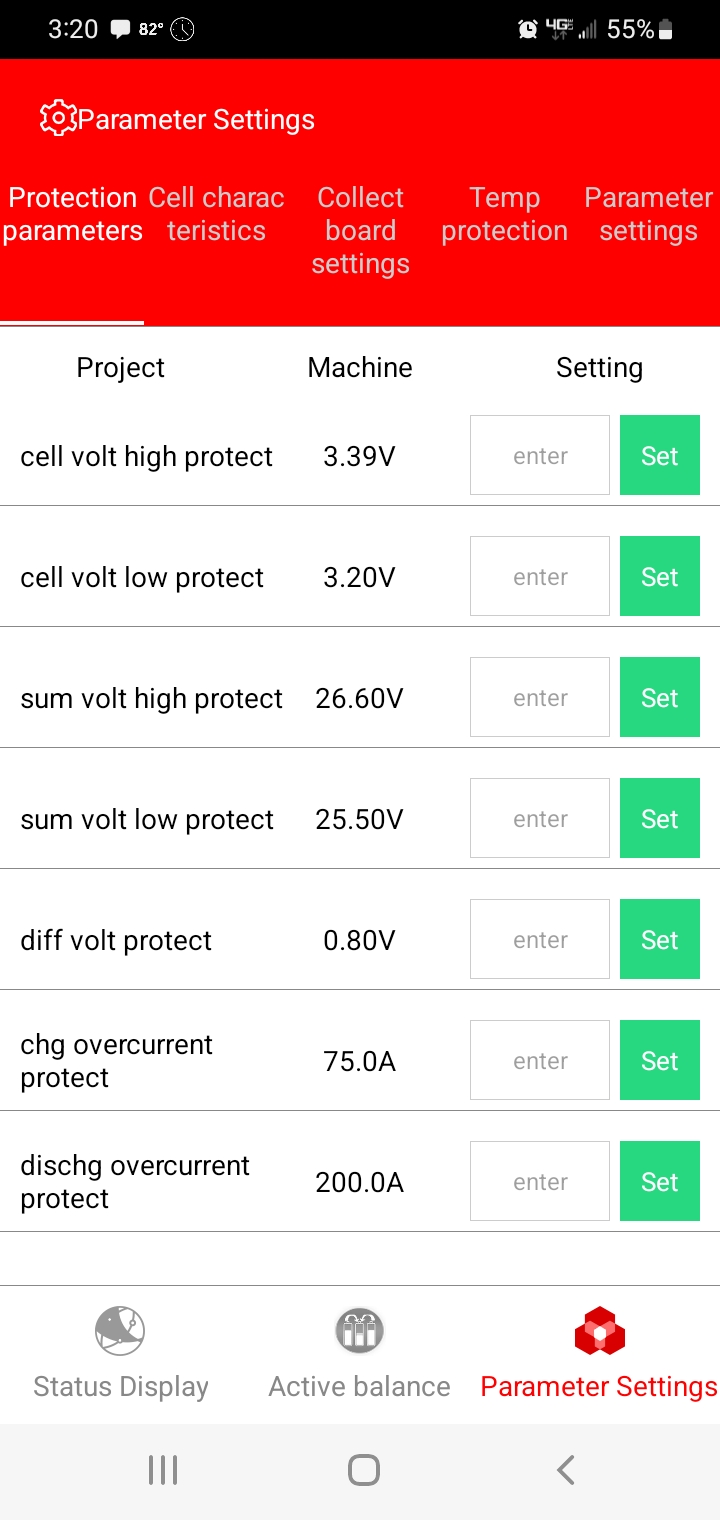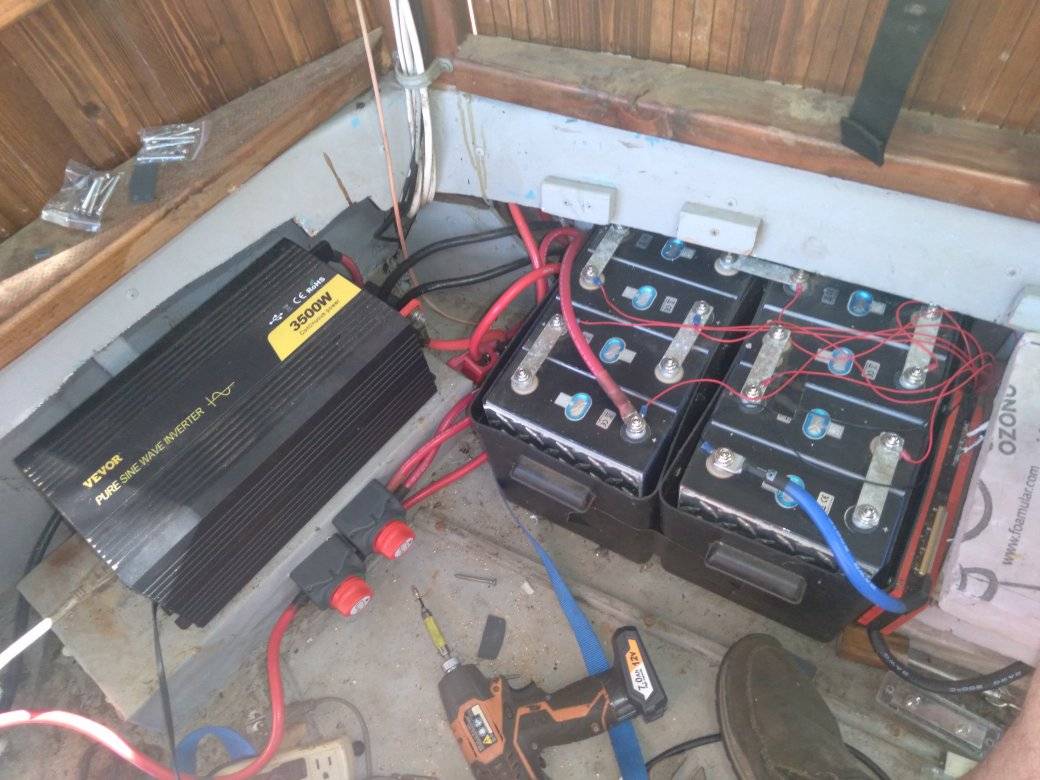Every summer I make a point of visiting University of West Florida (UWF) Archaeology Field Schools. One of them is underwater, studying shipwrecks of the 1559 Luna fleet. This fleet brought settlers to establish Pensacola, America’s first European try for a permanent settlement.
I was feeling pretty good about the Lithium Iron Phosphate (LFP) batteries I installed aboard Sun King a while back, and set out from The Fairgrounds in Molino, Florida. This makes for a long trip in my solar launch, about 50 miles, and it is a safe place to leave my truck ,if staying out overnight.
The water was high from recent flooding and it gave me a boost on the way to Pensacola. I would not get the good deal on the way back.
Sometimes I get down to the bay and it is too rough to cross. I plan on waiting until the seas calm and scoot across the bay in the calmer wee hours of the morning. Surprisingly, the bay was flat and I continued down to Pensacola without any problems. I had the choice of nesting in the bayou overnight until the UWF crew showed up the next morning, or to ride it out in the bay. The bayou is noisy and the bay got rough. The bay was not the best choice, but there I was. Live and learn.
The next morning, after breakfast from Mr. Coffee and the microwave, I picked up a guest at 17th Avenue’s landing and cruised the bayou until the UWF crew started dribbling in. After a visit with the students I considered a run out to Pensacola Beach, but decided against it. I put my guest ashore and headed back home to avoid an overnight, figuring I could get back by dusk. Winds, tide and floodwater from the river said differently. Naturally, dark fell as I entered the most treacherous portion of the trip. I REALLY don’t like doing that run in the dark.
From Quintette Landing up to The Fairgrounds (the sawmill boss held a fair there 90 years ago to entertain the workers and the name stuck.) the passage gets narrower, swifter and more clogged with snags. The west side of Parker Island is absolutely nowhere and highly populated with bugs and alligators. I did not want to drop anchor and wait for morning. All of my lights were blazing, trying to cut through the clouds of bugs and mist.
A few miles out from my destination, everything suddenly went dark and quiet. Oh, gee! (Not my exact words.) My phone was lit up with a nav app, so I easily found it in the darkness. I had literally been cruising on instruments. I grabbed it and fired up the Battery Management System (BMS) app to bring out some extra power. I tweaked the numbers, reset the breakers and pushed the resets. To my relief, the boat came back to life and I dashed back to the helm. Amazingly, I had not backed into anything harmful.

I mused and fretted over what had just happened. By all indications, I had about 16 hours of cruising power left in the batteries when it quit. After another bend, it happened again. Then again. I furiously slammed every control to its max. I didn’t care if I trashed that very expensive battery, I was not wanting to spent the night tangled up in the swamp. My shore crew noted the last outage and wondered what was going on. This last time, I made it back and slithered aboard the trailer.

One of Sun King’s 24v, 320 AH LFP batteries. BMS is attached to right side of battery box, So small, so important. The tiny red wires are for balancing and sensing.
It has been a few weeks ago and I have been mulling the issue. I studied the many numbers displayed in the app and I was finally able to re-create the problem on dry land. It was a cell balance problem.
Each battery has a small balancer line to each of the 8 cells in the pack. Each cell in the battery has its own level of imperfection and it is easy for one to fall behind the others. The balance function is there to even things up. Except not all the time.
My BMS units are made by Daly and apparently they have a weak spot in balancing. The battery was, overall, in pretty good shape, but when the one cell went out of bounds, the BMS turned off the battery to prevent damage to the cell. I was getting more out of the battery by moving the turn-off setting.
The Daly BMS board looks great, seems to be well made and comes with many features and extras, but little or no documentation. There are settings that make you wonder what they do. As configured, the Daly will only balance when the battery is in a fairly high state of charge and under certain other conditions. It does not rob from the rich cells and give to the poor ones. It clips the highs.
One of the admirable qualities of LFP batteries is that they do not have to be fully charged . With this type of balancer, though, unless you charge often and well, a cell can be frittered away and yours truly can literally be up the creek.
I gave the battery a long, thorough charge, avoiding any loads and it came up with a biggest cell spread of .003 volts, proof that the balancer does balance. Previously, the imbalance had gone to .217 volts. That does not seem like much, but depending on where you are in a LFP cycle, that can be as much as 30% of a cell’s capacity. Cells being somewhat like chains, the weakest link can, and did, shut down the whole thing.
Some claim that secret settings can be tweaked to improve balancing on this BMS. My interface cable is due here in a couple of weeks. If software can’t fix the issue, then I am faced with behavior modification to help the charging or I can install another brand of BMS. I have a pair of JK controllers ordered.
The JK BMS units use “active balancing,” which gets us to robbing the rich and giving to the poor, regardless of whether or not the sun is shining.
If you have a sudden outage with lithium batteries and are not in immediate danger, take the time to see and understand the clues affecting what has happened. It can make your head spin, but understanding each parameter goes a long way toward solving a problem.
I’m going to start by using a JK BMS on one battery and a Daly on the other. I suspect which one will win, but it is a good opportunity for a comparison. And…..
I’m ready to get back out on the river.—Neal
